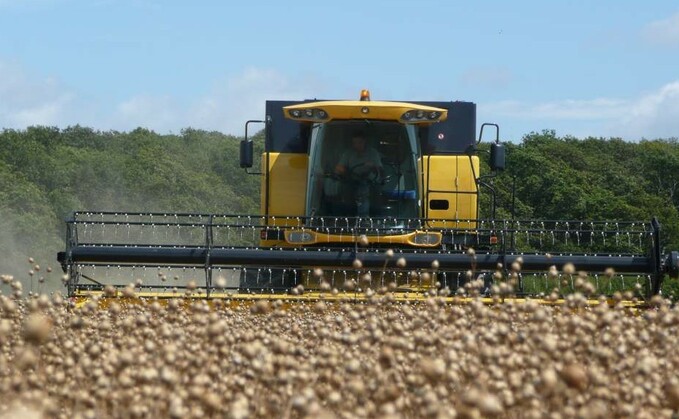
The use of linseed as a spring break crop is increasingly on the agenda for many growers, but further reassurance is needed about managing and harvesting it. This is according to recent research conducted...

The use of linseed as a spring break crop is increasingly on the agenda for many growers, but further reassurance is needed about managing and harvesting it. This is according to recent research conducted...